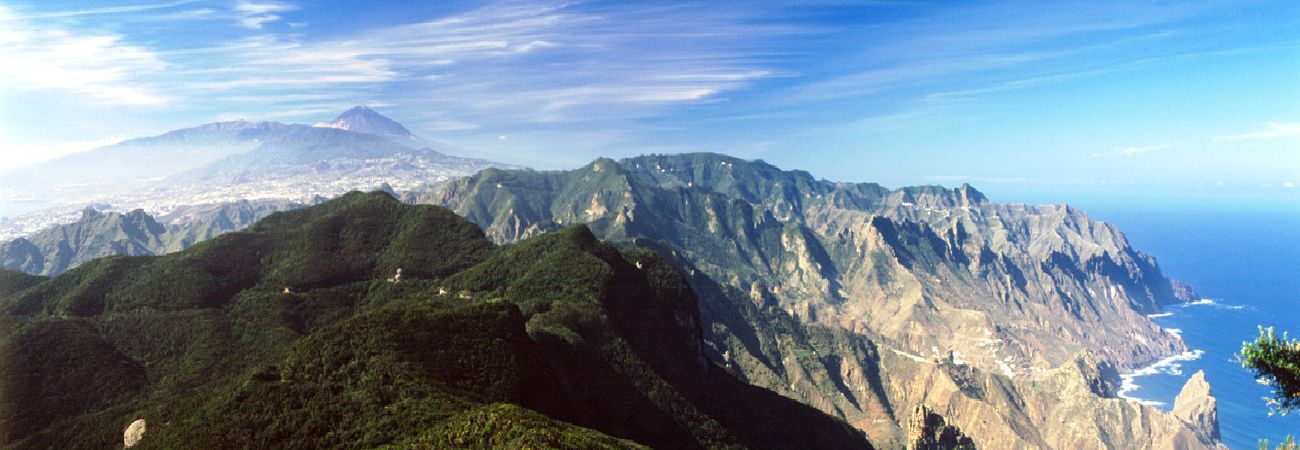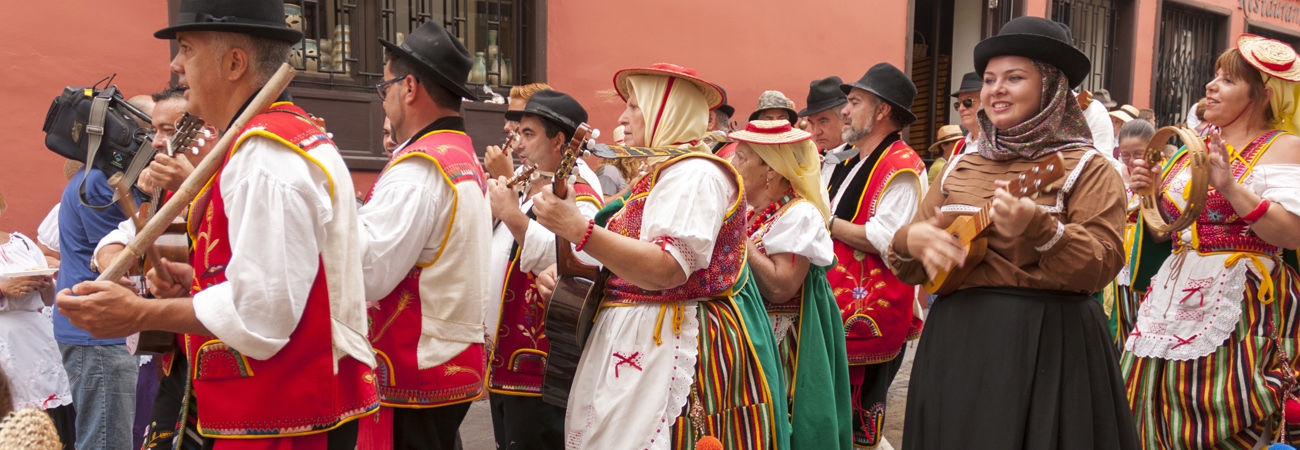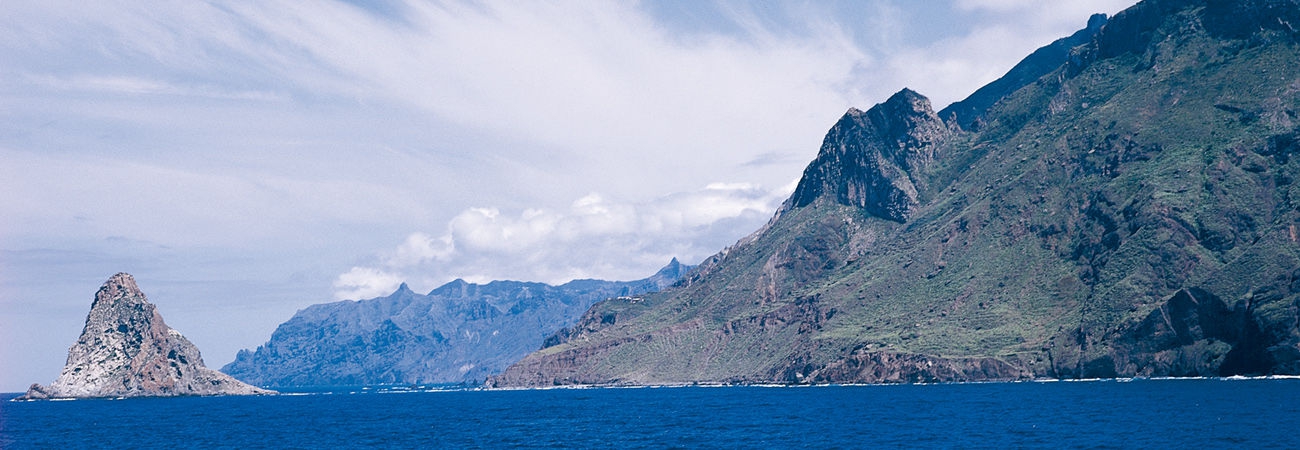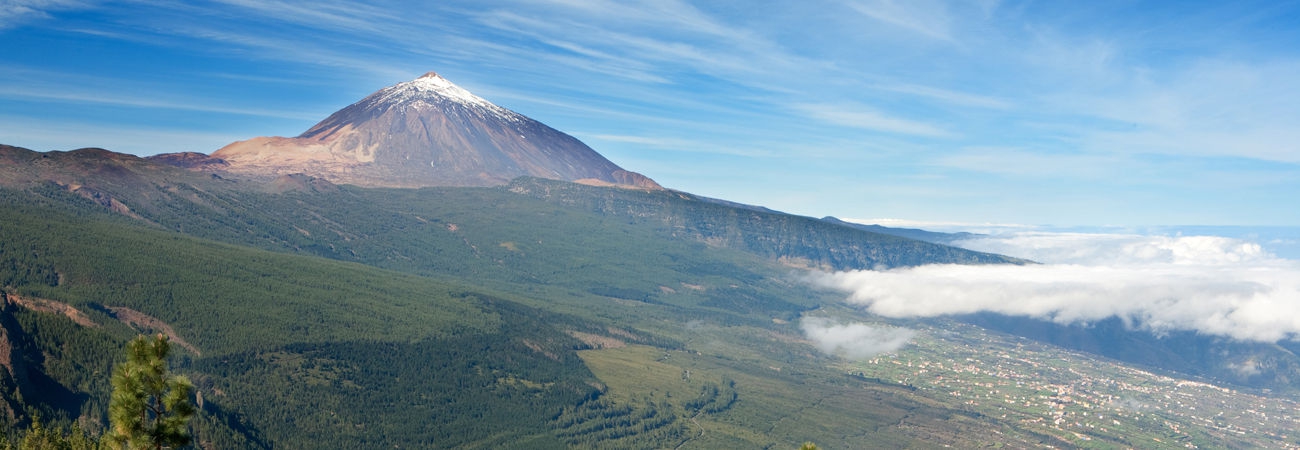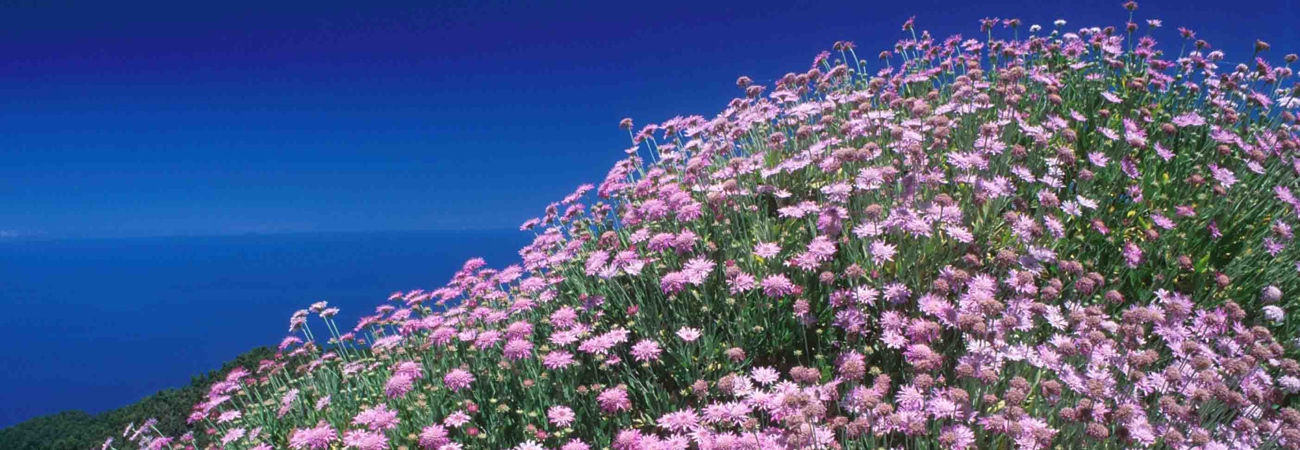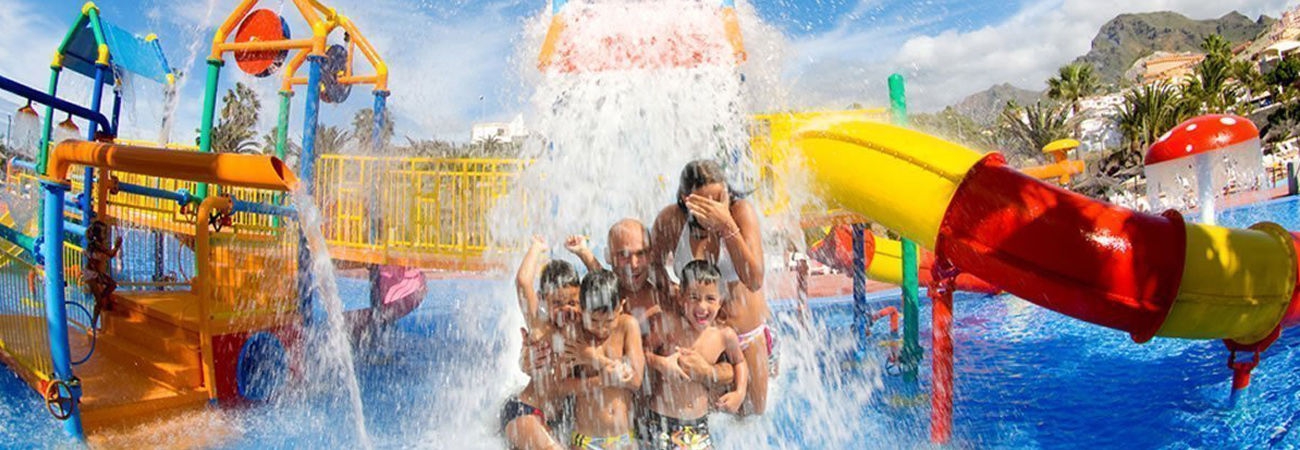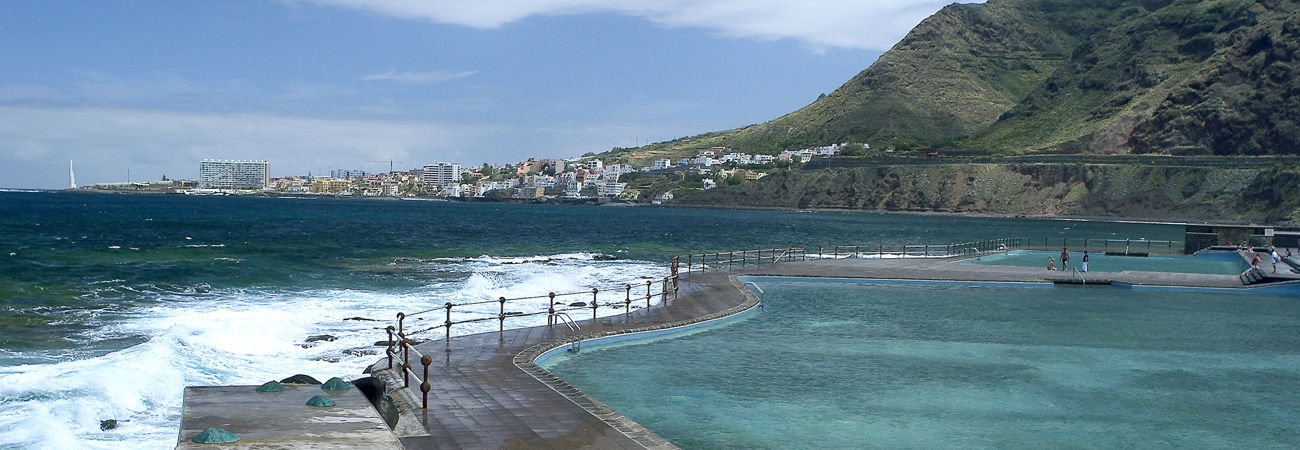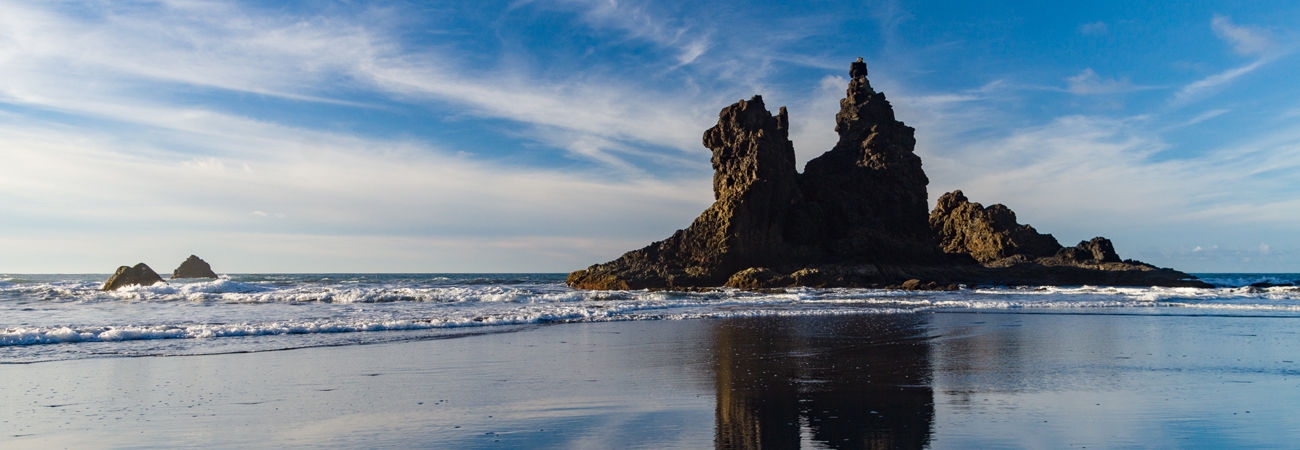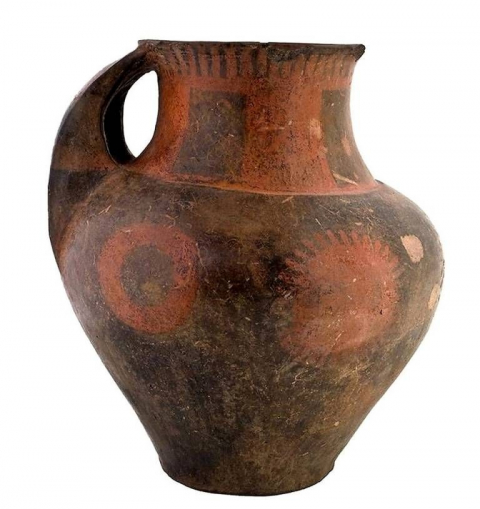15th, 16th and 17th centuries
HISTORY UP TO 15th CENTURY
500 B.C. Arrival of first settlers from North Africa.
25 B.C. Euphorbius, a scholar heading an expedition sent out by King Juba II of Mauritania, reports the existence of Tenerife, which he calls Nivaria.
1312 First documented European voyage to the Canary Islands, led by Lancelotto Malllocello.
1392 According to legend, Guanche herdsmen found the Virgen de Candelaria on the coast of the Guimar valley, 104 years before Tenerife was conquered.
1434 Pope Eugene IV's papal bull establishing a complete prohibition on selling the natives of the Canary Islands into slavery.
1458 Franciscan friar Alonso de Bolaños laid the first foundations for missionary activity in Guimar.
1464 Diego de Herrera, Lord of the Canary Islands, reached agreements with the Guanches and took formal possession.
1477 Tenerife was declared a free island, when the Crown of Castile purchased the rights from the family of Hernan Peraza.
1492 Francisco Maldonado, Governor of Gran Canaria, attempted to conquer Tenerife, without success.
1494 Captain General Alonso Fernandez de Lugo started the conquest with a major defeat at Acentejo. The city of Santa Cruz de Tenerife was founded.
1495 Second attempt by Fernandez de Lugo. The troops of Castile won first at La Laguna and, a month later, at Acentejo.
1496 Alonso Fernandez de Lugo completed the conquest of Tenerife.
HISTORY OF THE 16th and 17th CENTURIES
1501 The Captain General appeared before the Royal Council to hear charges brought against him by Guanche slaves who claimed that, despite belonging to peaceful tribes and professing the Christian religion, they were generally sold into slavery, ill-treated and harassed.
1502 The Captain General decreed that the owners of irrigated land were obliged to grow sugar cane.
1511 The release of captive Guanches was ordered.
1519 Fernando de Magallanes sailed from Tenerife on the important voyage that would lead him to discover the Magellan Straits.
1536 Pedro Fernandez de Lugo, second Captain General of the Canary Islands, set sail with 1500 men to conquer South America.
1657 Santa Cruz was attacked by English Admiral Robert Blake. His intention was to capture the cargo of the fleet from New Spain. He was beaten off by island troops.
1666 The uprising known as the "wine spilling" took place in Garachico, putting an end to the English monopoly over the wine trade.







